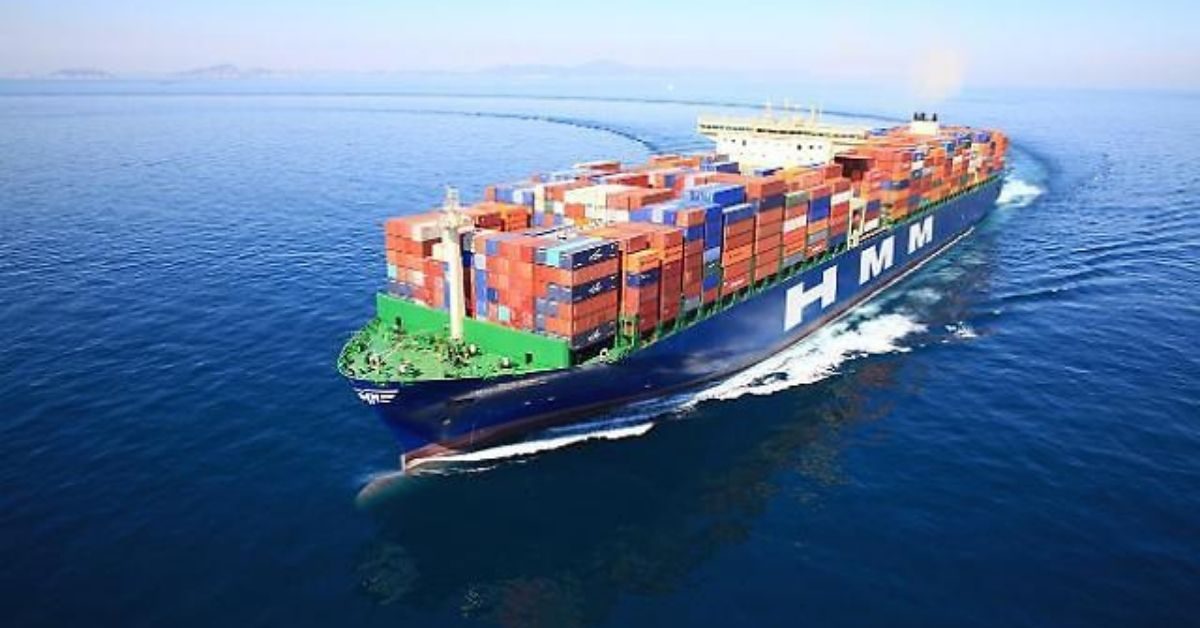HMM reduced the CO2 emissions generated when transporting 1 TEU of container for 1km to 29.05g in 2021, from 68.7g in 2010, representing a reduction of 57.7% over the last decade.
This result has been achieved amid a more than two-fold increase in fleet capacity, from 337,407 TEUs to 755,209 TEUs, in the same period.
HMM said it has constantly upgraded its fleet by securing energy-efficient mega-vessels and has also improved its operational efficiency by optimising service routes, speeds, and cargo stowage.
Additionally, the company used premium antifouling paint and modified the bulbous bow’s shape to lessen the hull surface’s frictional resistance.
In particular, the South Korean box carrier formed a dedicated Task Force in 2015 for effective energy efficiency management and opened a Fleet Control Center in 2020, which analyses real-time data about vessel operations to reduce greenhouse gas emissions.
An HMM official commented, “We will continue to engage in activities to reduce greenhouse gas emissions based on data-driven analysis and enhance our environmental capability.”







